Interreg stands for European Territorial Cooperation and is part of the European Union’s Cohesion Policy, its regional policy which aims to reduce the disparities between Europe’s regions and provides support to each region to foster their development.
Through project funding, Interreg supports cooperation among European regions so that they can find solutions to common challenges together, and broadly share the results with other actors.

Through the projects, Interreg programmes contribute to the implementation of the EU Cohesion Policy’s main priorities:
There are six different Interreg strands:
Cross-border cooperation, known as Interreg A, supports cooperation between regions which share a common border. For example, Friuli Venezia Giulia Region in Italy and Primorska Region in Slovenia. It aims to find practical solutions to common challenges in the border regions and reduce differences on the two sides of the border.
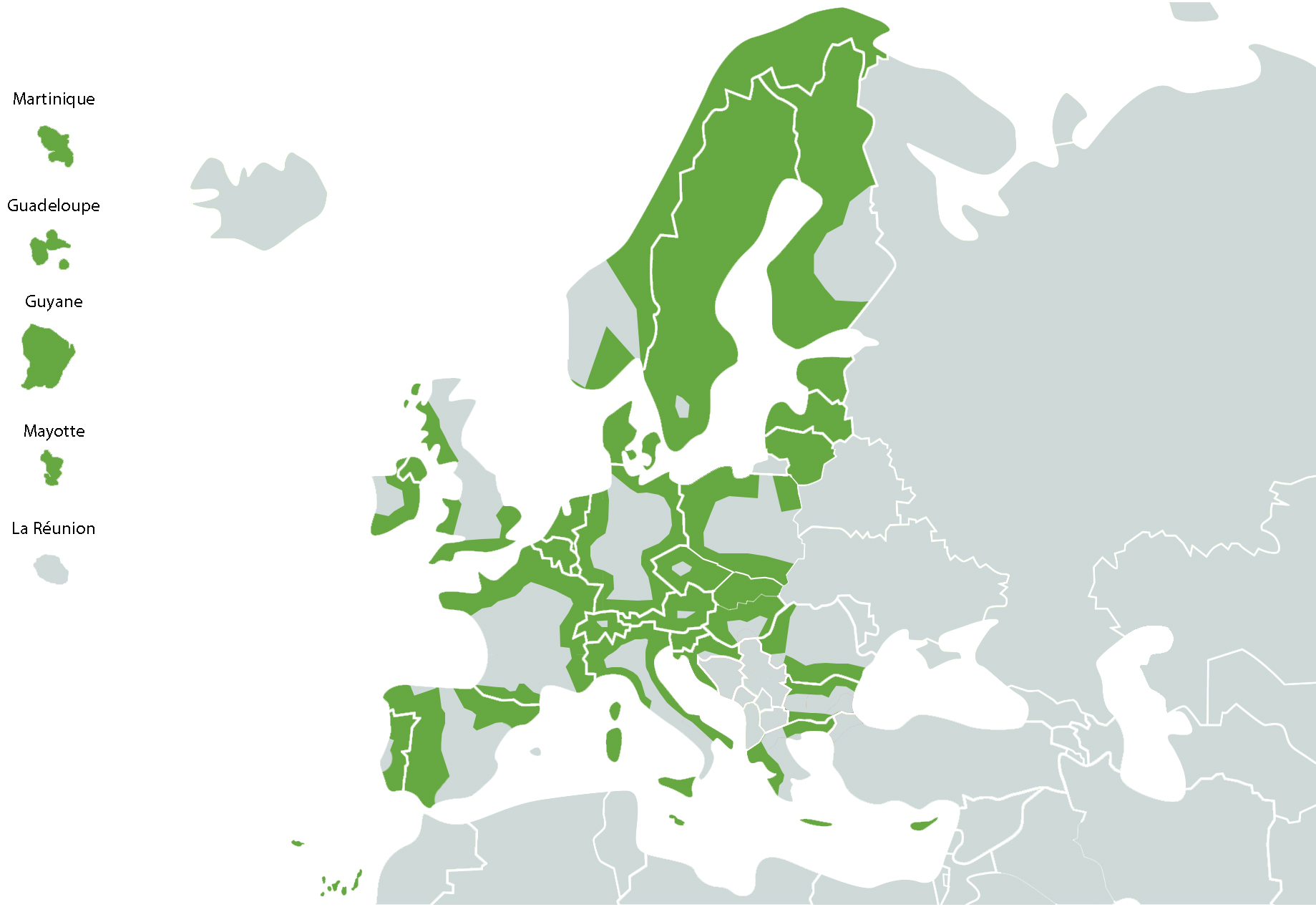
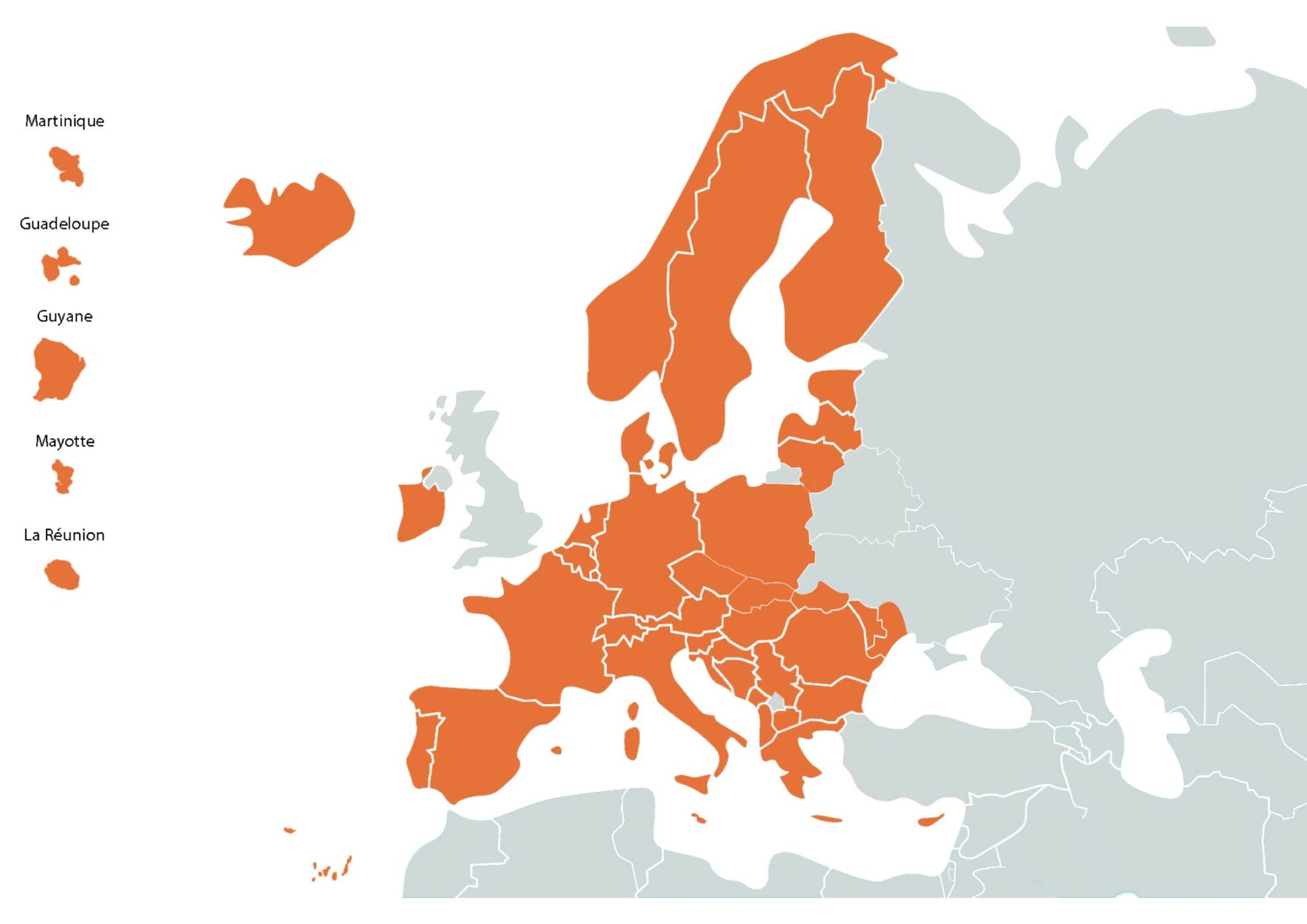
Transnational cooperation, known as Interreg B, involves regions from several countries of the EU that form a larger area. For example, the area around the Danube river or the Baltic Sea. it aims to promote better cooperation and regional development within those areas and to test new solutions to resolve identified common challenges.
Interregional cooperation, known as Interreg C, operates on a broader European level, covering all EU Member States and certain neighbouring countries. It builds networks among regions to share innovative and sustainable solutions to regional development challenges.
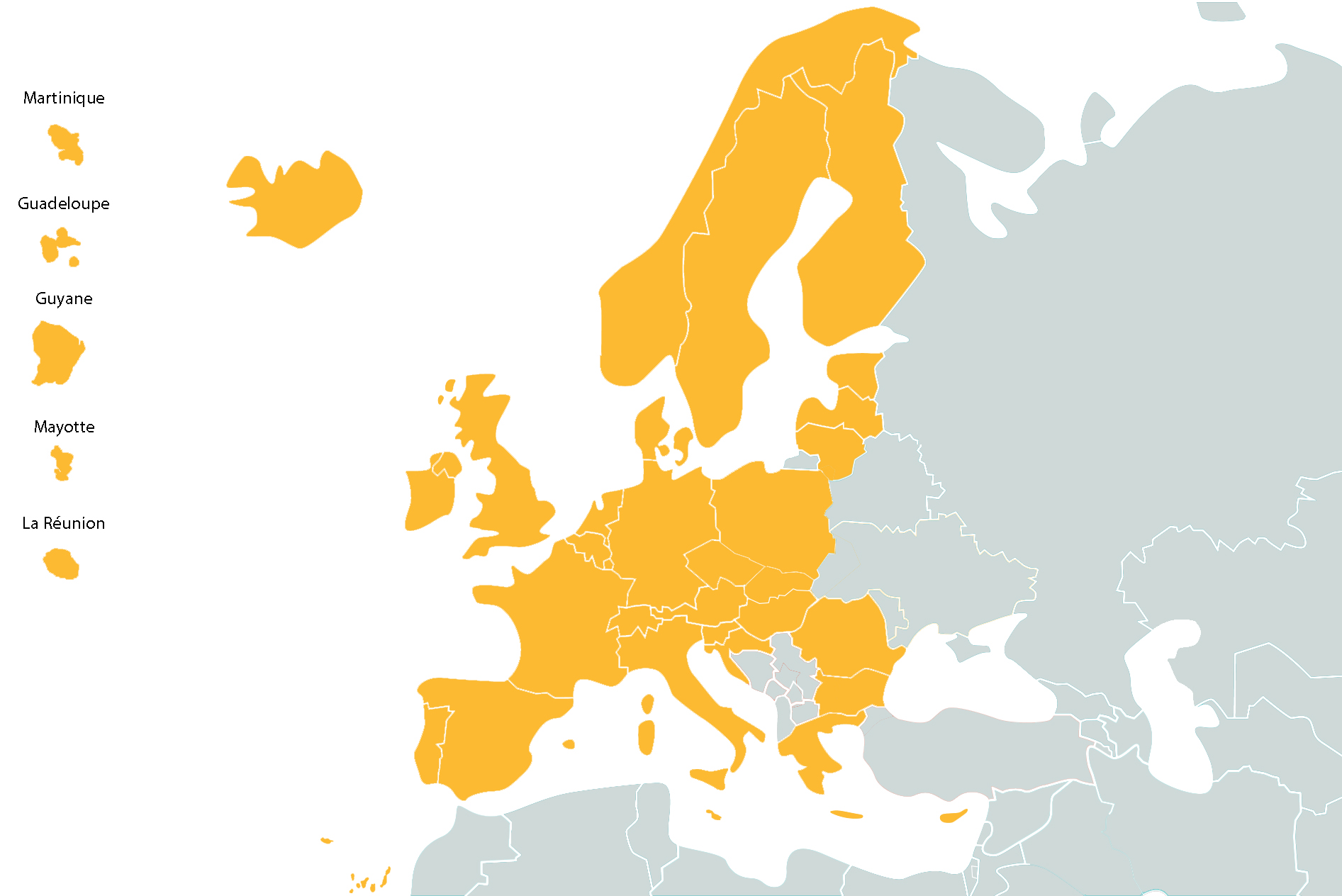
European Territorial Cooperation also involves regions outside the European Union through specific programmes:
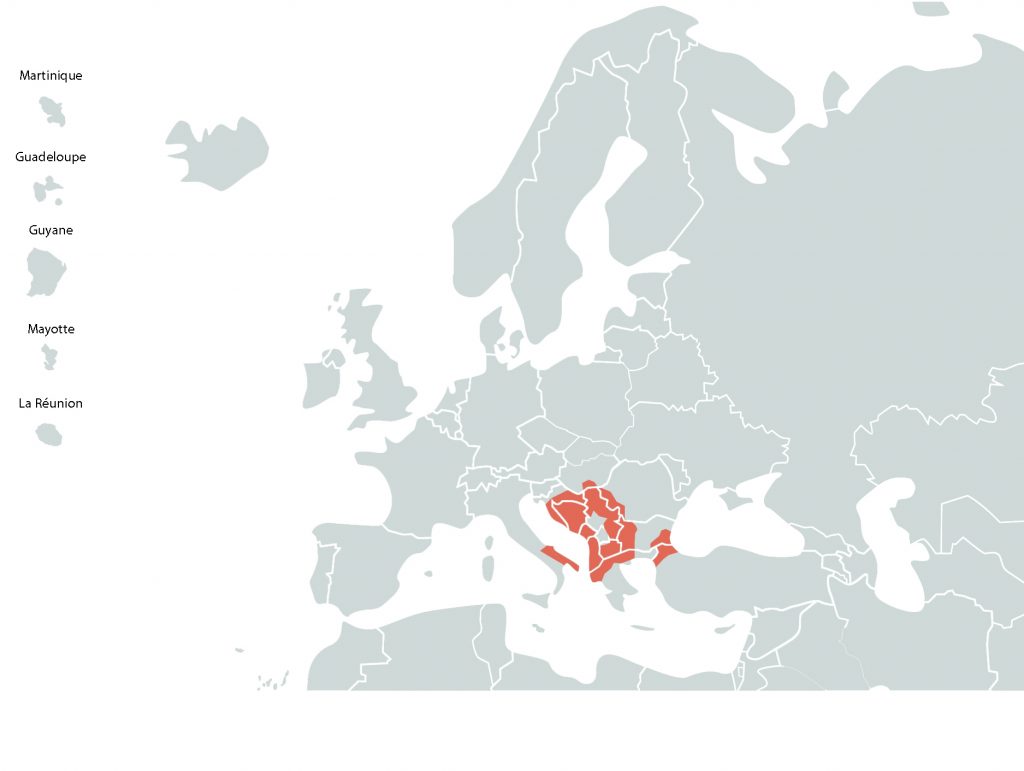
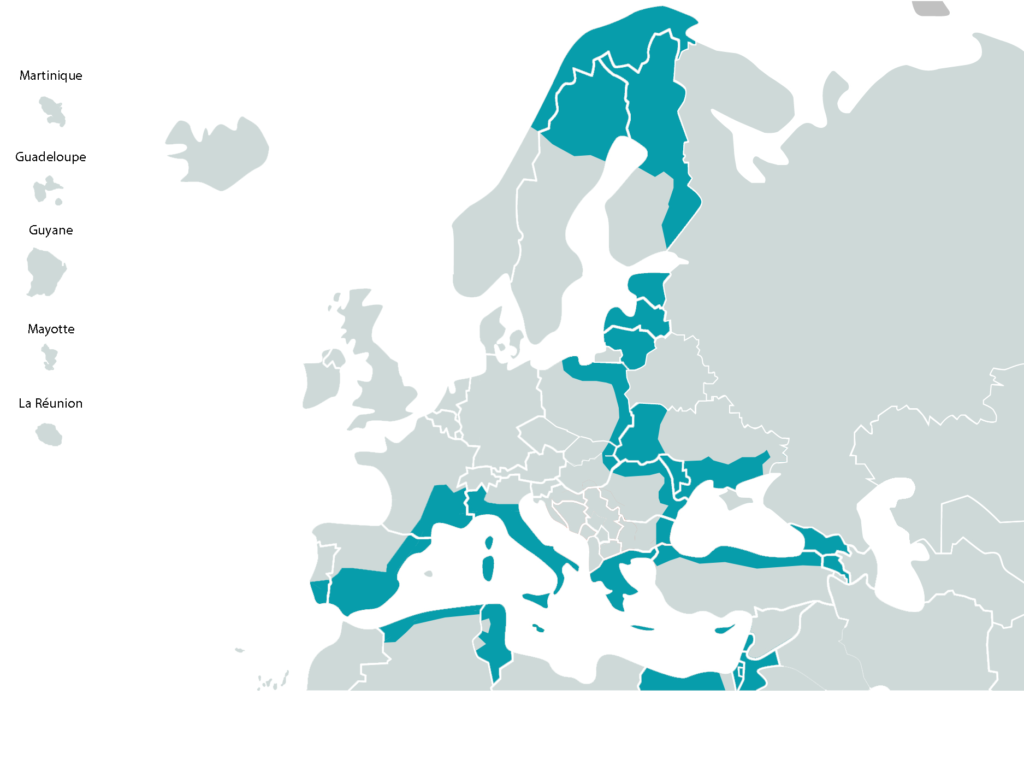
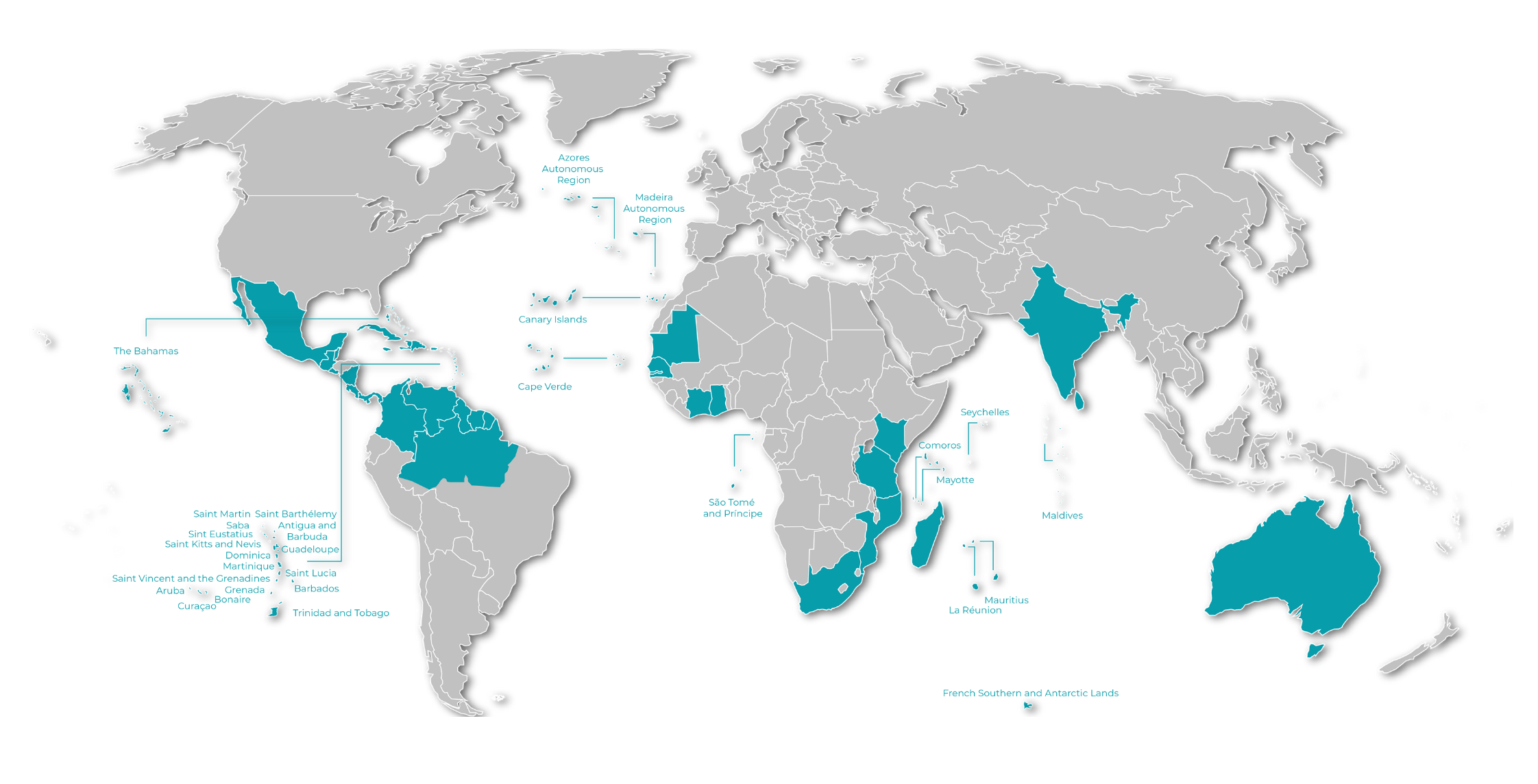
Outermost regions’ cooperation, Interreg D, aims to integrate Europe’s most remote regions in their neighborhood through cooperation with their neighbouring countries and territories. Five cooperation programmes cover the outermost regions.
The four macro-regional strategies concern 19 EU member-states and 8 non-EU countries.
All of them are actively contributing to the EU priorities:
There are four EU Macro-Regional Strategies:
Macro-Regional Strategies are collaborative frameworks endorsed by the European Council to address shared challenges and opportunities within specific geographic regions that include multiple countries, both EU member states and non-EU countries. These strategies are designed to enhance cooperation and coordination among countries that share common issues due to their geographic, economic, or environmental connections.
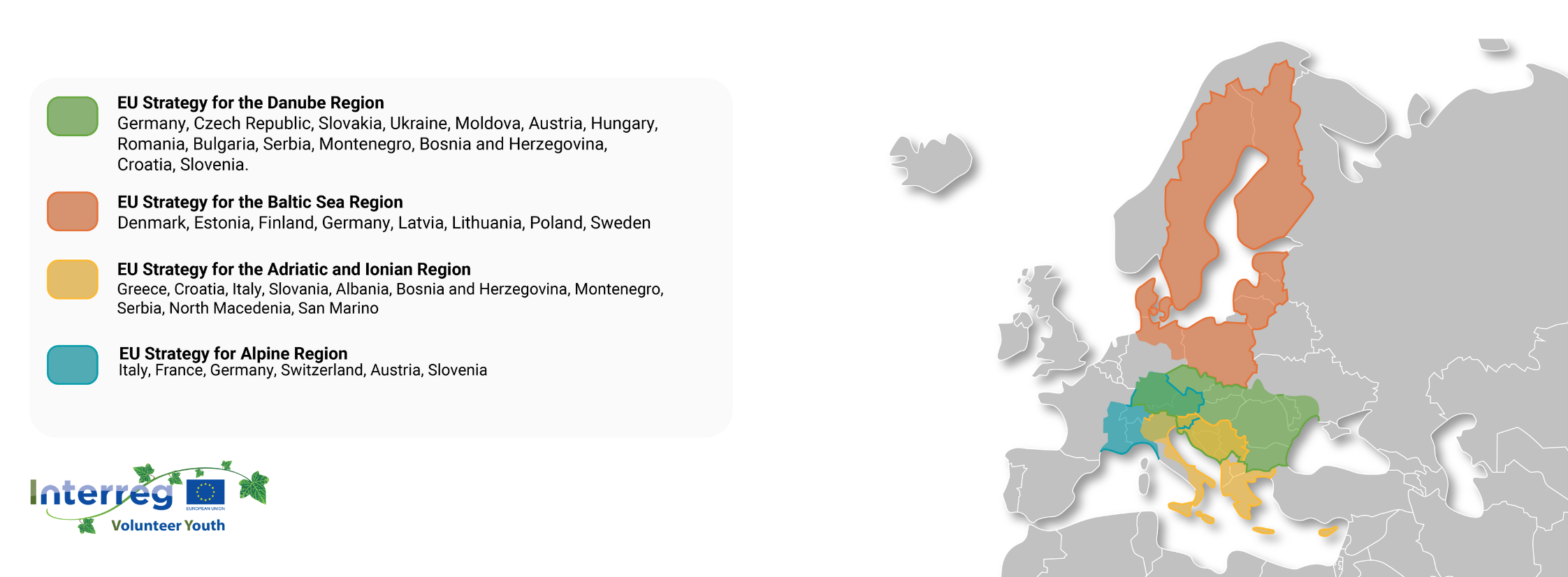
Find out more about Interreg and about Macro-Regional Strategies!

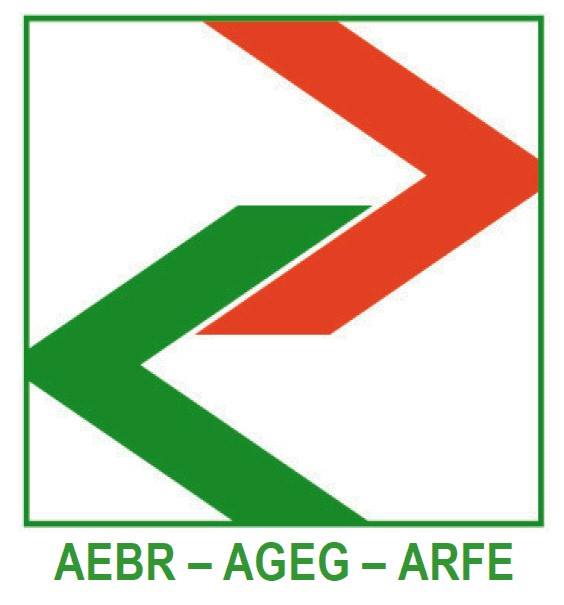
© 2025 Interreg Volunteer Youth - All rights reserved